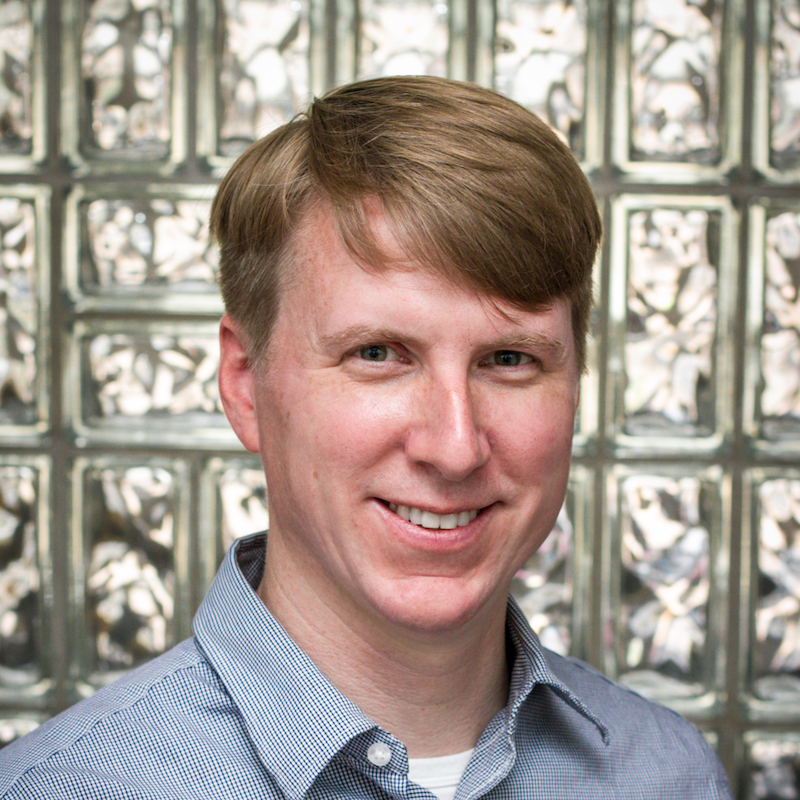
Peter Adams
Thomas Lord Professor of Engineering and Department Head
Professor, Engineering and Public Policy
Professor, Civil and Environmental Engineering
- Wean Hall 5222
- 412-268-5624
Department of Engineering and Public Policy
Carnegie Mellon University
5000 Forbes Avenue
Pittsburgh, PA 15213
Bio
- Carnegie Mellon 2001-
Peter Adams is the Thomas Lord Professor of Engineering, Department Head and Professor in the Department of Engineering & Public Policy and Professor in the Department of Civil and Environmental Engineering at Carnegie Mellon University. His research largely focuses on the development of chemical transport models and their application to decision-making, especially related to PM2.5. Adams also has extensive expertise in the simulation of aerosol microphysical processes, ultrafine particles and the formation of cloud condensation nuclei in global climate models. Areas of research have also included the effects of climate change on air quality, short-lived climate forcers, atmospheric ammonia and particulate matter formation from livestock operations, and the simulation organic particulate matter.
Adams was selected for a Fulbright grant to collaborate with researchers at the Institute of Atmospheric Sciences and Climate in Bologna, has been a Visiting Senior Research Scientist at the National Aeronautics and Space Administration’s Goddard Space Flight Center, and received the Sheldon K. Friedlander Award for outstanding doctoral thesis from the American Association for Aerosol Research. He has previously served on the Commonwealth of Pennsylvania’s Air Quality Technical Advisory Committee and the Allegheny County Health Department’s Air Toxics New Guidelines Proposal Committee as well as service to the American Association for Aerosol Research. His research is supported primarily by the Environmental Protection Agency, the National Science Foundation, the National Aeronautics and Space Administration, the Department of Energy, and the Department of Defense.
Adams received his BS degree in Chemical Engineering, summa cum laude, from Cornell University. He was awarded a Hertz Foundation Applied Science Fellowship for graduate study and received MS and PhD degrees in Chemical Engineering from the California Institute of Technology. He also holds an associated faculty position in the Chemical Engineering department at Carnegie Mellon.
Education
- Ph.D. 2001, California Institute of Technology
- M.S. 1998, California Institute of Technology
- B.S. 1996, Cornell University
Research
Research Group: EESS
Research Center: CAPS, CEDM, CACES
Aerosol Effects on Climate
Anthropogenic aerosols cool the earth's climate by reflecting sunlight back to space and by serving as nuclei for cloud droplet formation. Their net effect has been to partially offset global warming from greenhouse gases, but uncertainty in the magnitude of this effect has complicated the assessment and forecasting of climate change. Research in this area focuses on improving the representation of aerosols in global climate, chemistry, and transport models by incorporating size-resolved aerosol microphysics and thermodynamics and testing these improved aerosol models against observations from ground networks, intensive field campaigns, and satellites. Other work examines how aerosols influence cloud reflectivity in small-scale, detailed simulations of cloud formation.
Regional Air Quality Modeling
Regional air quality models are being developed that predict the concentrations of ozone and particulate matter resulting from a given set of emissions. Specific goals in this area of research are to improve the computational efficiency of air quality models such that multi-year time periods can be simulated, better constrain the emissions of ammonia through inverse modeling, and examine the costs and benefits of air pollution control policies in developing countries.
Publications
- Dawson, J.P., P.J. Adams, and S.N. Pandis, "Sensitivity of PM2.5 to climate in the Eastern US: a modeling case study", Atmospheric Chemistry and Physics, 7, 4295-4309, 2007.
- Gilmore, E. A., L. B. Lave, and P. J. Adams, "The costs, air quality and human health effects of meeting peak electricity demand with installed backup generators", Environ. Sci. Tech., 40, 6887-6893, 2006.
- Jung, J.G., P.J. Adams, and S.N. Pandis, "Simulating the size distribution and chemical composition of ultrafine particles during nucleation events", Atmos. Environ., 40 (13), 2248-2259, 2006.
- Pierce, J.R., and P.J. Adams, "Global evaluation of CCN formation by direct emission of sea salt and growth of ultrafine sea salt", J. Geophys. Res., 111, 10.1029/2005JD006186, 2006.
- Pinder, R. W., P. J. Adams, and S. N. Pandis, "Ammonia emission controls as a cost-effective strategy for reducing atmospheric particulate matter in the Eastern US, Environ. Sci. Tech.", 41, 380-386, 2006.
- Racherla, P. N., and P. J. Adams, "Sensitivity of global ozone and fine particulate matter concentrations to climate change", J. Geophys. Res., 111, doi:10.1029/2005JD006939, 2006.
Research Interests
Climatic effects of atmospheric particulate matter (aerosols), global and regional models of atmospheric chemistry, and air quality in developing countries.